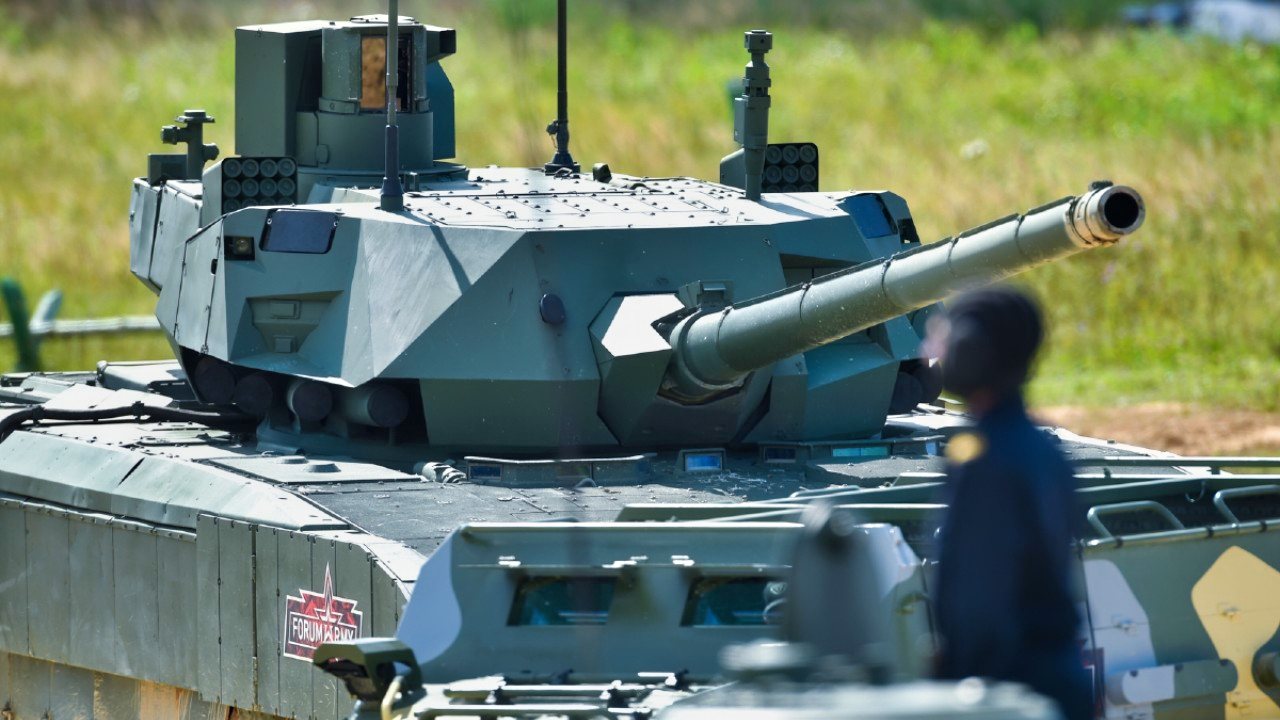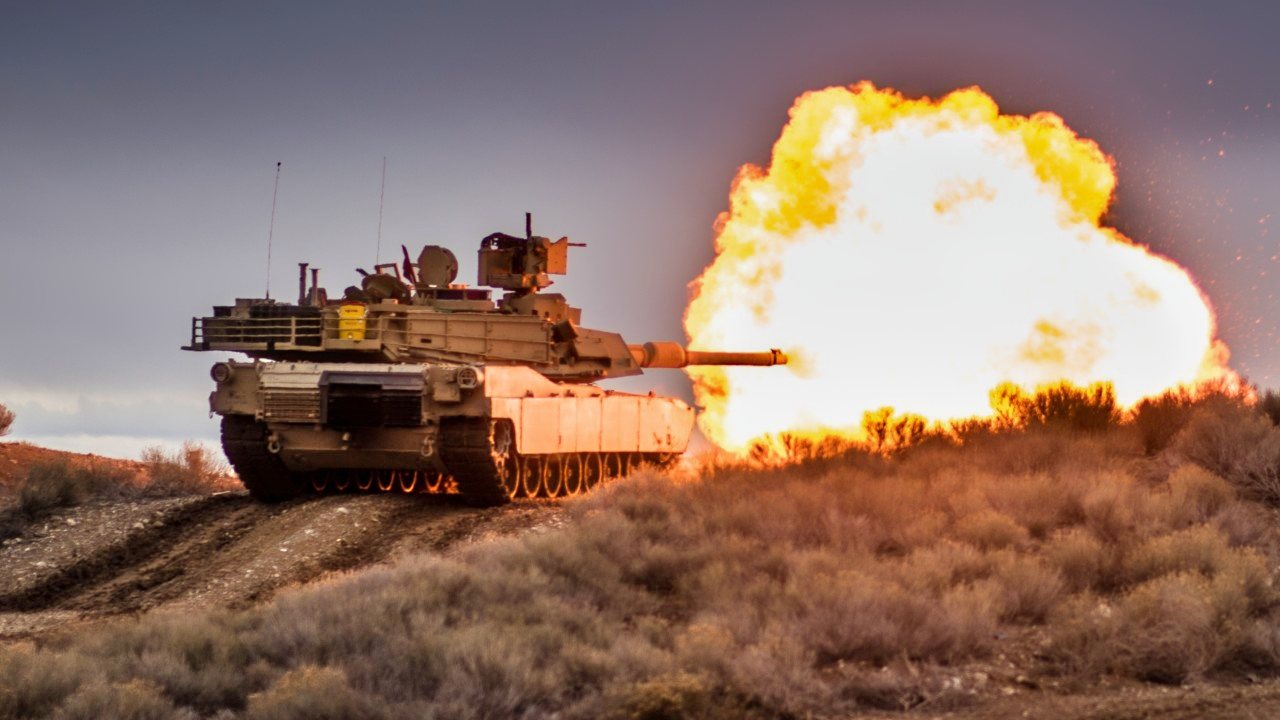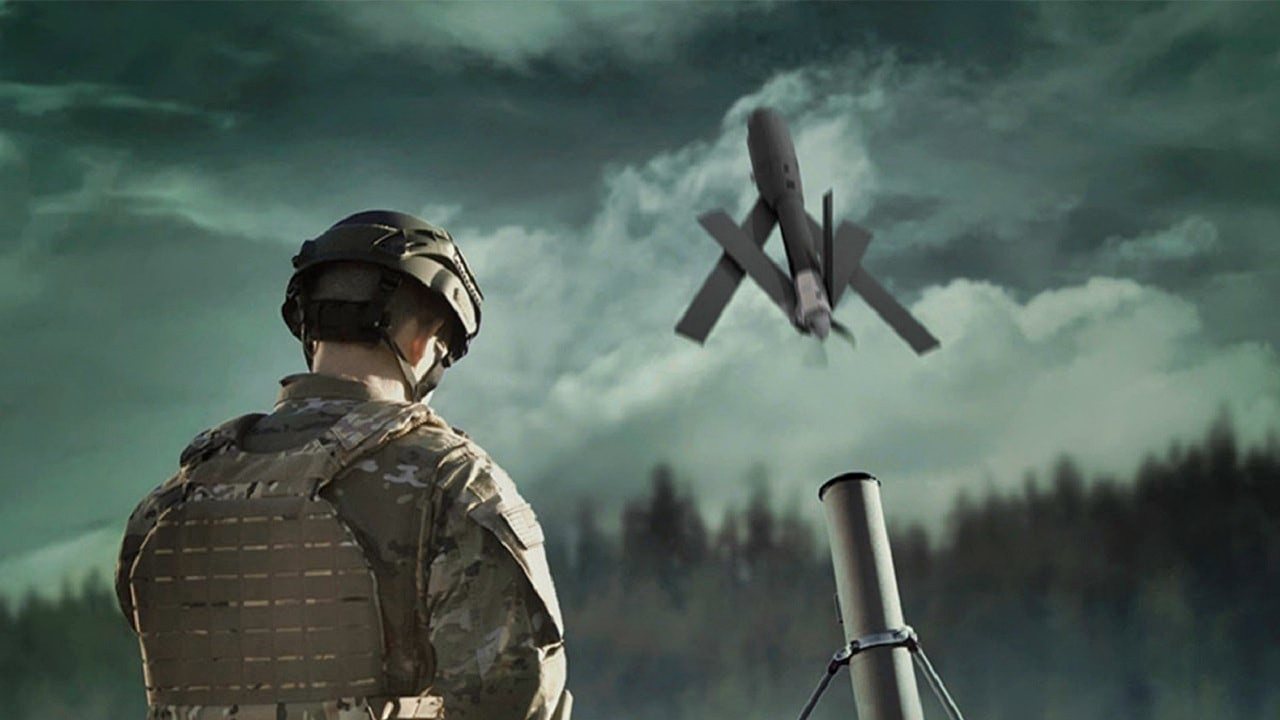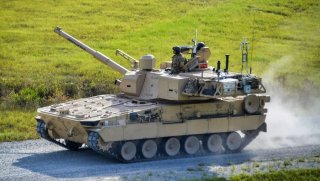No Expert Is Sure if the Era of the Tank Is Over
The ongoing conflict highlights the vulnerability of traditional tanks to low-cost technologies and may prompt a shift toward smaller, unmanned combat systems, potentially reshaping future warfare strategies and tank utilization on the battlefield.
Summary: Russia's Defense Minister Sergei Shoigu reported that tank production has ramped up significantly at an Omsk factory, exceeding targets to replenish battlefield losses in Ukraine, where over 3,000 tanks have been destroyed.

-Despite these efforts, challenges remain in enhancing tank protection against modern threats like drones, which have proven effective against armored vehicles, including Western tanks like the M1 Abrams and Leopard 2.
-The ongoing conflict highlights the vulnerability of traditional tanks to low-cost technologies and may prompt a shift toward smaller, unmanned combat systems, potentially reshaping future warfare strategies and tank utilization on the battlefield.
The Evolution of Tank Warfare: Russia's Response to Battlefield Challenges in Ukraine
Russia is now engaged in ramping up the production of tanks and other heavy armored vehicles to replace losses on the battlefield said the nation's defense minister on Friday. However, the official added that more work was needed to be done to increase the production of tank protection equipment.
Minister of Defense Sergei Shoigu, who recently toured a tank factory in the Siberian city of Omsk where he met works, praised the exceeding production targets.
"The Omsk plant is fulfilling the program – I can say it is even over-fulfilling the program," Shoigu told officials, according to a report from Reuters. "The issues and tasks that we decided on during our last visit have almost all been resolved."

Russia has had to increase the production of new and refurbished tanks from storage to replace losses on the battlefield. According to data from the International Institute for Strategic Studies released in February, the Kremlin's forces have lost more than 3,000 tanks in the ongoing war in Ukraine – the equivalent of its entire active pre-war tank fleet.
Moscow was forced to pull older models, many dating back to the Cold War, to replace the losses.
The Future of Tanks?
Though Russia's losses have exceeded those of Ukraine, Kyiv's forces have also seen significant numbers of its tanks destroyed or disabled on the battlefield. There are now reports that five of the 31 M1 Abrams main battle tanks (MBTs) supplied by the United States have been destroyed, while at least another have been moderately damaged since they were sent to the front lines, The New York Times reported.
In addition, nearly three dozen German-made Leopard 2 MBTs have also been destroyed since those were first deployed in combat last June.
What is notable about the losses of the Western-made MBTs is that they've fallen victim in Ukraine – few really expected them to be unstoppable miracle weapons – it is how easily they've been destroyed. Tanks cost millions of dollars, yet low-cost commercial drones improvised into flying and controllable bombs are taking them out with incredible ease!

Tanks are most vulnerable where the heavy-plated armor is the thinnest, namely on the top, as well as on the rear engine block. As the paper of record reported, "For years they were mainly targeted with land mines, improvised explosive devices, rocket-propelled grenades and anti-tank guided missiles, like 'shoot and scoot' shoulder-fired systems. These were widely used early in the Ukraine war because they could strike tanks from above and hit them up to 90 percent of the time."
The Kremlin suffered significant losses in the early stages of the war from the man-portable anti-tank guided missiles, but drones have proven to be even more effective.
Countering Tanks
Since the first tanks rolled across no-man's-land during the First World War, efforts have been made to counter the lumbering behemoths. That led to greater armor, thick paints that reduced the ability for an adversary to employ magnetic mines, and recently so-called "cope cages" mounted to the top of the turrets to provide added protection from drones.
Efforts to counter drones now range from high-tech to the downright primitive.
These include lasers and other directed energy weapons (DEWs) to shoot down approaching drones, while sophisticated jammers are being employed to disrupt the radio signals of the first-person view drones, while shotguns and fishing nets are also seen as a last resort.

"At this stage, the most effective means used to defeat FPVs is electronic warfare and various types of passive protection, [such as additional armor and other kinds of shielding on the tanks]," Michael Kofman, a senior fellow in the Russia and Eurasia program at the Carnegie Endowment for International Peace in Washington, told the Times.
Coming Soon: Smaller, Autonomous Tanks?
Most armor vehicle experts don't expect the tank to disappear from the battlefield – rather it could evolve. Just as the battleship is no longer king of the sea, and the days of the manned long-range bomber could be nearly its end, main battle tanks could be replaced by smaller unmanned combat systems.
These would be used to break through an enemy's defenses and could be a mix of ground-based and aerial systems that are deployed and clear the ground for the infantry. For the operators, war could become a bit more like a video game – as they'd be conducting operations remotely – but the horrors would still remain for those on the frontline.
Author Experience and Expertise: Peter Suciu
Peter Suciu is a Michigan-based writer. He has contributed to more than four dozen magazines, newspapers, and websites with over 3,200 published pieces over a twenty-year career in journalism. He regularly writes about military hardware, firearms history, cybersecurity, politics, and international affairs. Peter is also a Contributing Writer for Forbes and Clearance Jobs. You can follow him on Twitter: @PeterSuciu.
You can email the author: [email protected].
Image Credit: Shutterstock.


